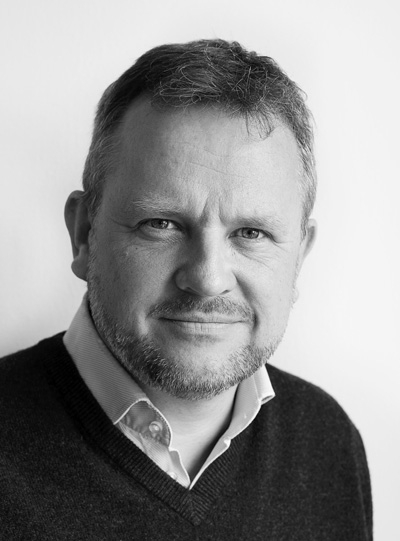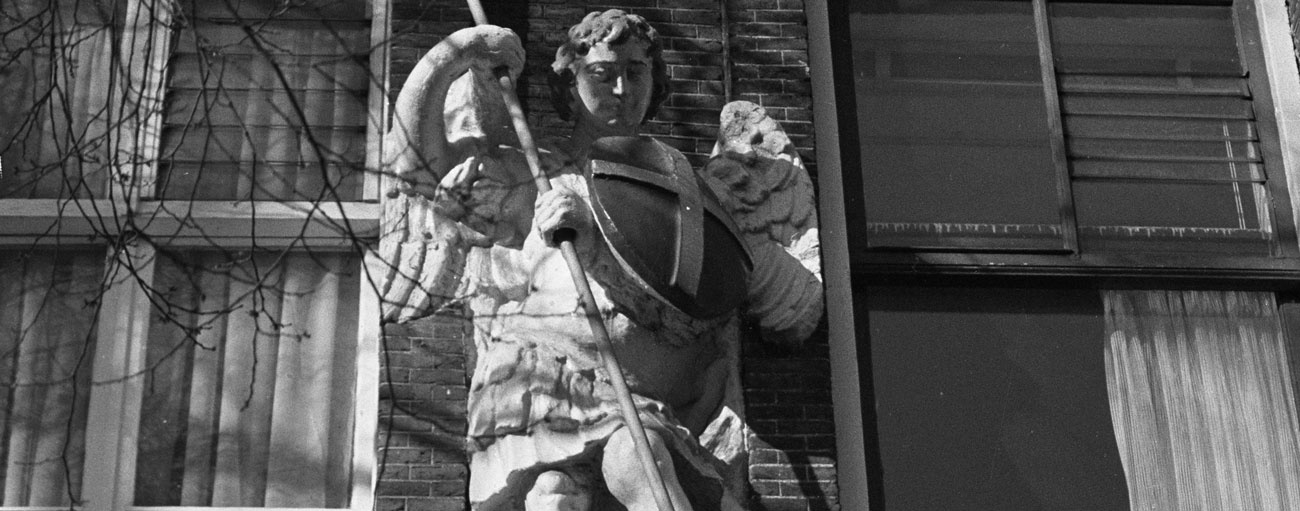Not the smartest cookie
Koen KleijnThe majority of the canal belt between the Amstel River and the Leidsegracht was completed around 1672. The façades show much less variety than the buildings that were built in the first half of the 17th century.
The new owners had more opportunities here to build their outbuildings, coach houses, and stables towards the back of the houses, with an exit to a back street. Gates and alleys did not have to be included in the façades, which meant they were much more striking in their look.
Moreover, a new architectural style known as the ‘strakke stijl’ (or ‘smooth style’) became popular. Architects and project developers like Adriaan Dortsman (1653-1682) contributed to this idea of uniformity. ‘Strak’ (or ‘smooth’) meant that the façade was minimally decorated, often limited to the pavement and the door, or perhaps a coat of arms on the roof frame. Dorstman designed the house that Amsterdam mayor Jan Six (1618-1700) would live in, Herengracht 609. It has a remarkably bare façade with only a few windows.
"Four house owners signed a building style agreement, only three held up to the deal"
The four double canal houses, Herengracht 571-581, were also built in this style. They are an example of a ‘cooperative’ building project; the four owners signed an agreement at a notary in 1664 that detailed the building height, the size of the windows, and the design of the cornice. They would all do exactly the same thing to achieve the look of a large-scale complex of regal status within the constraints of the canal scheme. The owners were only free to decide on the ornaments on the façade. Three of the four opted for ‘smooth’ and clean façades, while baker Pieter van Schoorel, who had the largest house at Herengracht 579-581, spoiled his with gigantic coloured scenes that represented the holy Michael who killed the dragon. The pedestal rests on an elephant’s head, the symbol of the bakers.
Photo: Han van Gool, Adornment on the facade of Herengracht 579-581, c. 1975 (Collection Amsterdam City Archives)
This story origins in Edition #7 for which art historian Koen Kleijn went in search of ten remarkable city stories viewed from the theme 'The Medium is the Message'.

Koen Kleijn
Koen Kleijn is art historian, journalist, documentary filmmaker and writer. One of his specialties is the history of Amsterdam, on which he wrote several books. Since early 2018, he has been editor-in-chief of the historical monthly Ons Amsterdam. He is also regularly writes reviews for De Groene Amsterdammer, and is curator of Museum Het Grachtenhuis.
